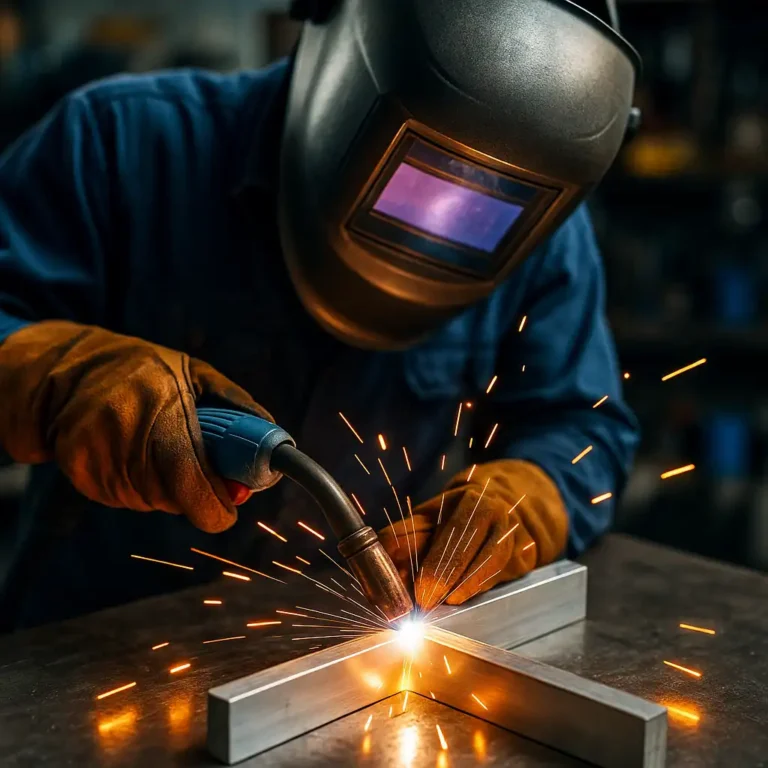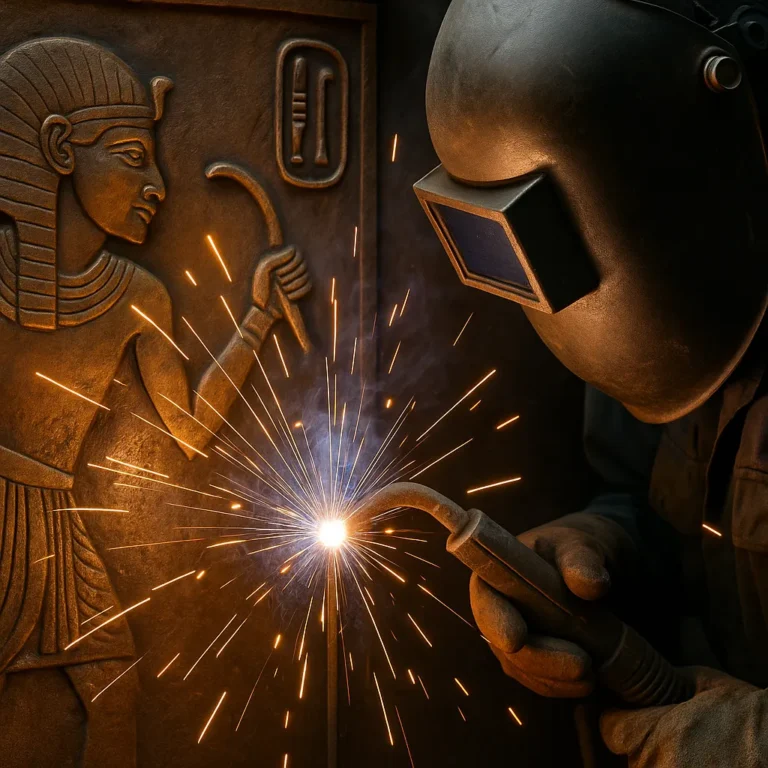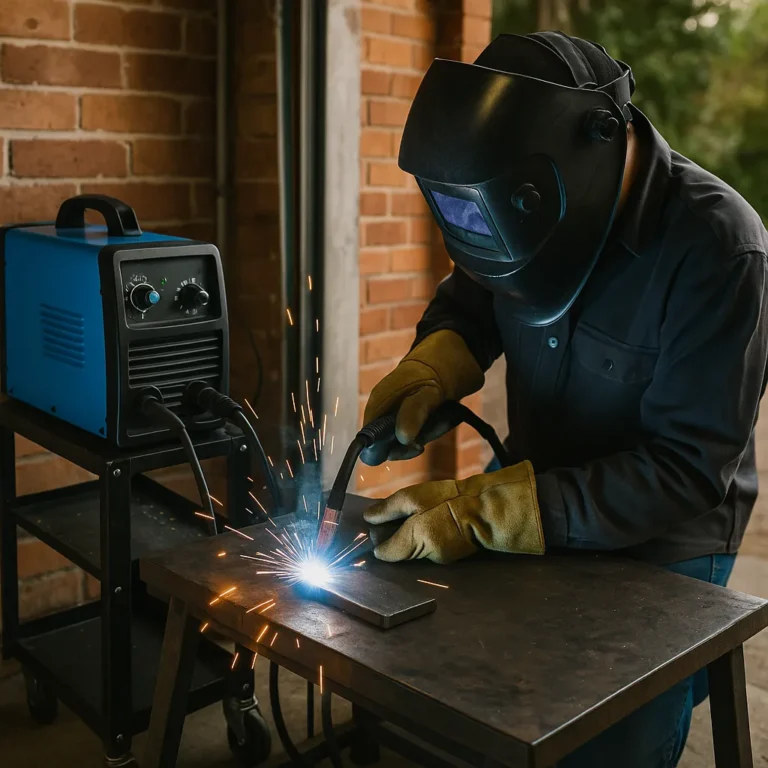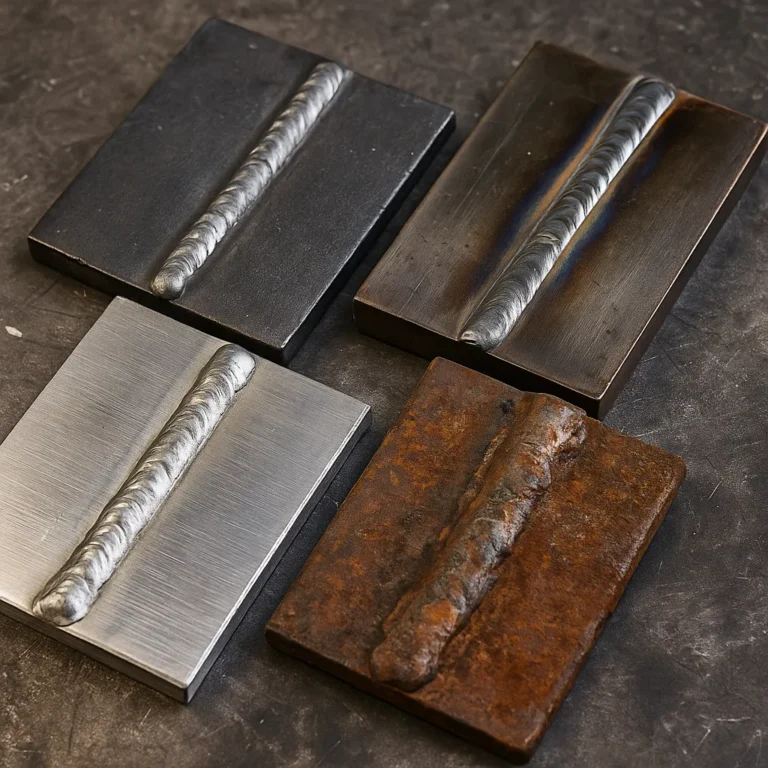How to Weld Sheet Metal with a Wire Feed Welder: A Beginner-Friendly Guide

Welding sheet metal is a skill that many beginners aim to master, but it’s also one of the trickiest due to how thin and heat-sensitive the material is. Using a wire feed welder, often referred to as a MIG welder, simplifies the process significantly when done right. With the right technique and setup, you can achieve clean, strong welds on sheet metal for automotive panels, HVAC ducts, and home projects.
Understanding the Challenges of Sheet Metal Welding
Sheet metal typically ranges from 26 to 16 gauge, which makes it prone to warping, burn-through, and uneven welds if not handled properly. Since it has little thermal mass, controlling heat input is essential. This is why using a wire feed welder—especially with solid wire and shielding gas—is ideal for beginners working with thin metals.
Choosing the Right Wire and Gas
To weld sheet metal, use a wire size of 0.023 inches for better control over the arc and less penetration. Pair it with a 75/25 argon/CO2 gas mix for cleaner welds with minimal spatter. This combination offers the most stable arc and helps avoid burn-through, especially on thinner materials.
Recommended Machine Settings
Dialing in your welder is key. Keep your voltage low and wire speed moderate. You want enough wire feed to maintain a steady arc, but not so much that it creates excessive buildup. Many wire feed welders include a settings chart under the lid—use that as your starting point and fine-tune based on how your weld reacts.
Techniques for Better Control
When welding sheet metal:
- Use tack welds spaced evenly along the joint to minimize heat buildup.
- Allow time to cool between each tack.
- Stitch welding—short, one-inch welds followed by a break—can reduce warping.
- Practice pushing the gun (rather than pulling) for better visibility and smoother results.
Holding a consistent distance and angle, around 15 degrees from vertical, ensures that the arc and shielding gas remain focused on the weld pool.
Common Mistakes to Avoid
Many beginners tend to dwell too long in one spot or move too slowly, which leads to burn-through or a weak weld. Also, avoid using flux core wire on sheet metal when possible—it generates more heat and spatter, which can make cleanup difficult.
Conclusion
Mastering how to weld sheet metal with a wire feed welder opens the door to countless fabrication and repair projects. With the right wire, gas mix, machine settings, and technique, even beginners can lay down clean, strong welds on thin metal without frustration. Take your time, practice on scrap material, and soon your results will look like they came from a pro.






